Eastern Prickly Pear
- October 19, 2023
- 0 comment
Eastern Prickly Pear (Opuntia humifusa) is a distinctive and resilient cactus species native to the eastern regions of North America. This succulent plant, also known as the Devil’s Tongue or Indian Fig, is well-known for its distinctive flat, oval-shaped pads adorned with clusters of spines or glochids, which can be quite painful if touched.
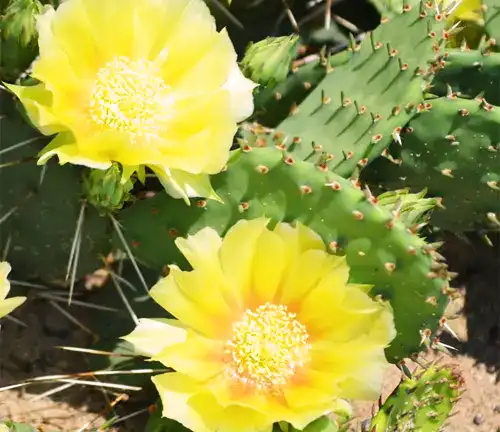
Its vibrant yellow or reddish flowers, blooming in the late spring and early summer, make it a striking addition to its arid, sandy habitats. Eastern Prickly Pear thrives in dry, well-drained soils, often found in coastal dunes, open woodlands, and prairies. Apart from its aesthetic appeal, it has a rich history of traditional uses among indigenous communities for both culinary and medicinal purposes. Today, it remains a symbol of tenacity and adaptation in harsh environments, exemplifying the unique beauty of North America’s eastern landscapes.
| Characteristics | Description |
| Scientific Name | Opuntia humifusa |
| Common Names | Eastern Prickly Pear, Devil’s Tongue, Indian Fig |
| Habitat | Coastal dunes, open woodlands, prairies |
| Geographic Range | Eastern regions of North America |
| Plant Type | Succulent cactus |
| Appearance | Flat, oval-shaped pads with spines or glochids |
| Flowers | Vibrant yellow or reddish, blooming in late spring and early summer |
| Soil Preference | Well-drained, sandy soils |
| Traditional Uses | Culinary and medicinal applications among indigenous communities |
| Symbolism | Represents tenacity and adaptation in harsh environments |
| Conservation Status | Varies by region, often of least concern due to its adaptability and widespread distribution |
Botanical Beauty of “Eastern Prickly Pear”
The Eastern Prickly Pear (Opuntia humifusa) stands as a testament to the enchanting beauty of native flora in the eastern regions of North America. This succulent cactus, commonly known as Devil’s Tongue or Indian Fig, boasts an alluring aesthetic, characterized by its striking, flat, oval-shaped pads adorned with clusters of spines or glochids. During the late spring and early summer, it captivates with vibrant yellow or reddish flowers, painting a vivid picture against its arid, sandy habitat. This plant’s elegance and unique features make it a true botanical gem in the landscape.

Woodland Elegance
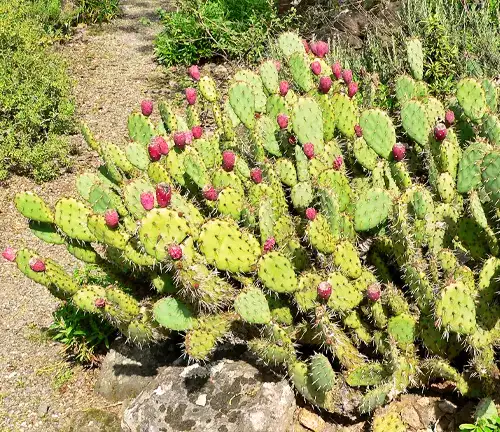
While you might expect to find cacti in arid deserts, the Eastern Prickly Pear finds its place in eastern woodlands, a striking contrast to the usual desert-dwelling cacti. Its presence adds a touch of woodland elegance, where it thrives amidst the coastal dunes and open woodlands of the region. Its ability to adapt to these diverse environments is a testament to the plant’s resilience and its fascinating role as an outlier among cacti species.
Ecological Importance
The Eastern Prickly Pear’s role in its ecosystem extends beyond its aesthetic appeal. It plays a vital ecological role, providing shelter and sustenance to various wildlife. Small mammals and birds often seek refuge within its spiny embrace, while the nectar-rich flowers attract pollinators like bees and butterflies. By contributing to the local food web and supporting pollination, this cactus helps maintain the ecological balance of its habitat.
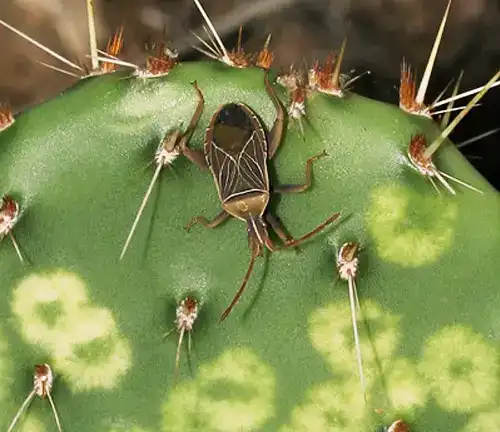
Cultivation and Conservation
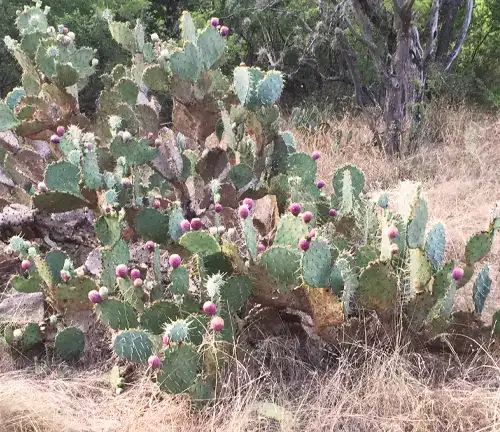
Cultivating the Eastern Prickly Pear can be a rewarding endeavor. It thrives in well-drained, sandy soils, making it relatively easy to grow in suitable environments. However, despite its adaptability, this species faces conservation concerns in some regions due to habitat loss and overharvesting. Efforts are underway to protect and conserve this unique cactus, ensuring that its beauty continues to grace our landscapes.
Fragrance
One surprising aspect of the Eastern Prickly Pear is its fragrance. The flowers of this cactus emit a delicate, sweet scent that wafts through the air during its bloom. This fragrance adds another layer of allure to this already captivating plant, making it even more enticing to passersby and pollinators alike.
Soil Stabilization
In addition to its aesthetic and ecological value, the Eastern Prickly Pear plays a practical role in soil stabilization. Its extensive root system helps anchor sandy soils, preventing erosion in the delicate ecosystems it inhabits. This is a crucial contribution to the preservation of these unique landscapes.
Common Uses
The Eastern Prickly Pear has a long history of traditional uses among indigenous communities. Some Native American tribes have utilized various parts of the cactus for both culinary and medicinal purposes. Its fruit, often referred to as “tuna,” can be consumed, and the plant has been employed for its potential medicinal properties, which include anti-inflammatory and anti-diabetic effects.
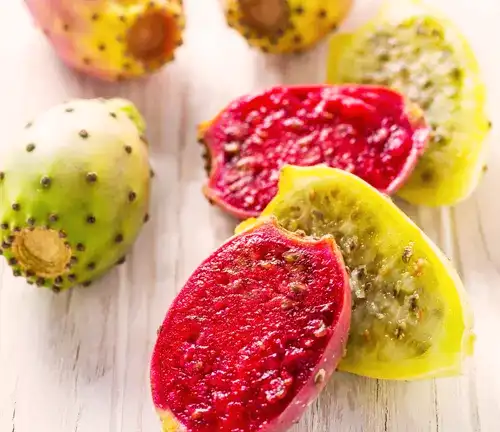
Benefits
Beyond its cultural and ecological significance, the Eastern Prickly Pear offers various benefits. Its cultivation can serve as a source of xeriscaping, a landscaping technique that conserves water. It can also be used in horticulture to create striking and drought-tolerant garden landscapes. Additionally, the Eastern Prickly Pear’s role in soil stabilization is essential for preventing erosion in vulnerable ecosystems.
Different Species

Opuntia macrorhiza
This species is commonly known as the Plains Prickly Pear or Twistspine Prickly Pear. It is found in the central and western parts of North America, often in prairies and grasslands.
Opuntia compressa
Known as the Eastern Prickly Pear Cactus, this species is native to the eastern United States and shares a similar geographic range with Opuntia humifusa.

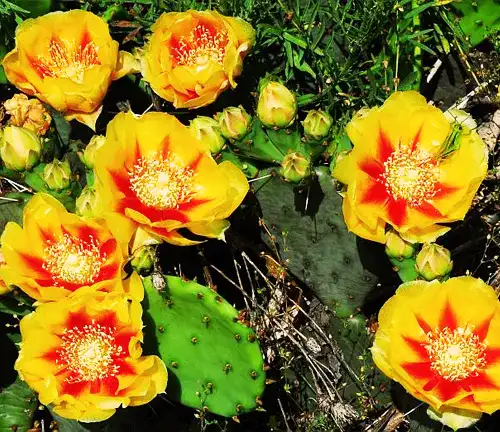
Opuntia cespitosa
This cactus species is found in the western United States and is often referred to as the Dwarf Prickly Pear. It is relatively small in stature compared to some other Opuntia species.
Opuntia humifusa var. ammophila
This is a variety of Opuntia humifusa specifically adapted to coastal sand dunes and beach environments.
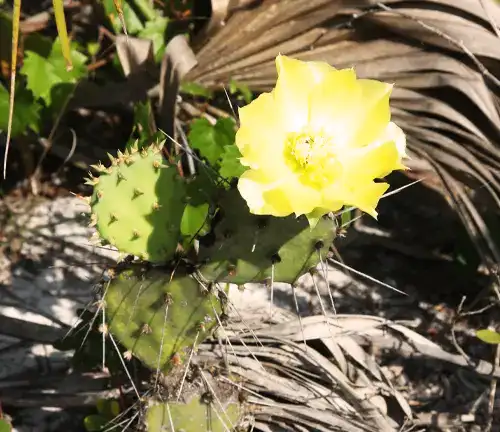
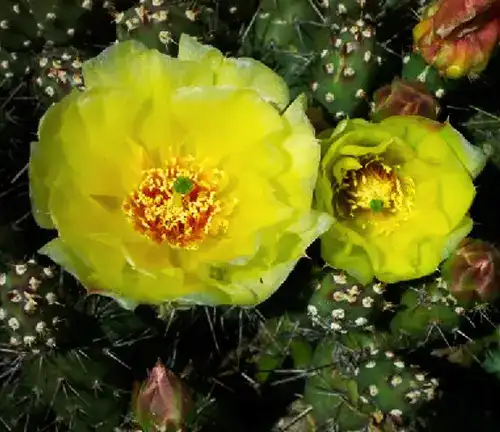
Opuntia fragilis
The Brittle Prickly Pear is a cold-hardy species found in parts of northern North America and is known for its tolerance of harsh winter conditions.
Opuntia engelmannii
Also known as Engelmann’s Prickly Pear, this species is primarily found in the southwestern United States and northern Mexico.
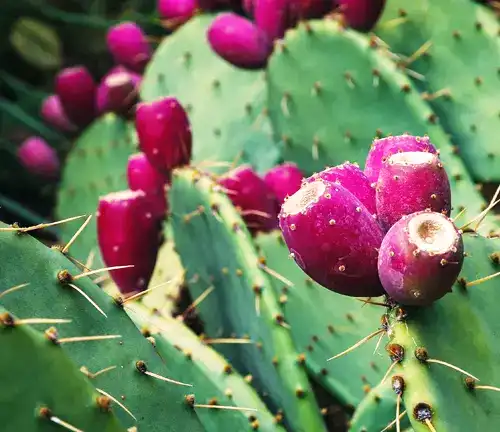
Frequently Asked Questions (FAQs)
1. What is the Eastern Prickly Pear?
The Eastern Prickly Pear, scientifically known as Opuntia humifusa, is a species of cactus native to the eastern regions of North America. It is known for its distinctive appearance, with flat, oval-shaped pads and spines or glochids.
2. Where is the Eastern Prickly Pear found?
This cactus species is primarily found in the eastern United States, inhabiting areas such as coastal dunes, open woodlands, and prairies. It is well-adapted to arid and sandy environments.
3. What are the common names for the Eastern Prickly Pear?
Common names for this cactus include Eastern Prickly Pear, Devil’s Tongue, and Indian Fig.
4. When does the Eastern Prickly Pear bloom?
The Eastern Prickly Pear typically blooms in the late spring and early summer, producing vibrant yellow or reddish flowers that add to its visual appeal.
5. Is the Eastern Prickly Pear edible?
Yes, the fruit of the Eastern Prickly Pear, often referred to as “tuna,” is edible. Some Native American tribes have used it for culinary purposes.
6. What is the ecological importance of this cactus?
The Eastern Prickly Pear provides shelter and food for various wildlife, including small mammals and pollinators. It plays a role in supporting local ecosystems.
7. Can the Eastern Prickly Pear be grown in gardens or landscapes?
Yes, the Eastern Prickly Pear can be cultivated in gardens and landscapes, particularly in well-drained, sandy soils. It is a drought-tolerant plant and can be an attractive addition to xeriscaped gardens.
8. What is the conservation status of the Eastern Prickly Pear?
The conservation status of the Eastern Prickly Pear varies by region. In some areas, it may be of least concern due to its adaptability and widespread distribution, while in others, it may face threats from habitat loss and overharvesting.
9. Are there any medicinal uses associated with the Eastern Prickly Pear?
Some studies suggest that the Eastern Prickly Pear may have potential medicinal properties, including anti-inflammatory and anti-diabetic effects. However, further research is needed to confirm these benefits.
10. How does the Eastern Prickly Pear contribute to soil stabilization?
The cactus’s extensive root system helps anchor sandy soils, preventing erosion. This is an essential contribution to the preservation of fragile ecosystems where it grows.



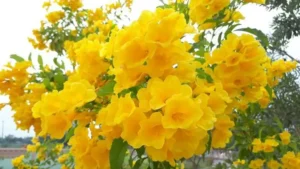
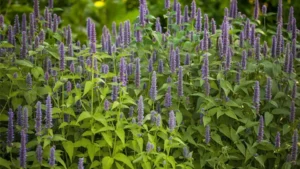
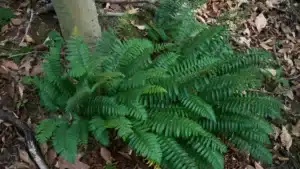

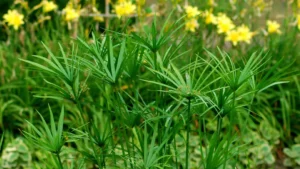
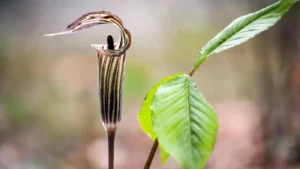
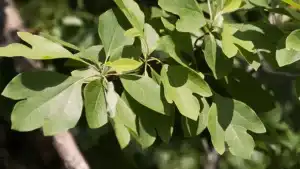
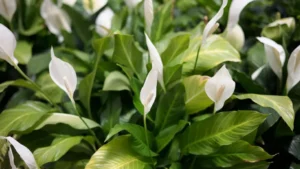
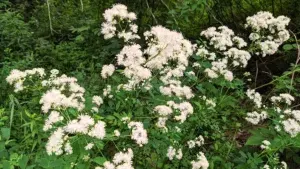
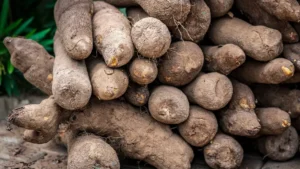
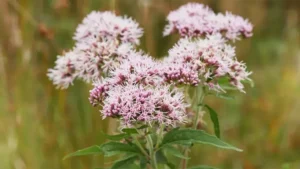
Leave your comment